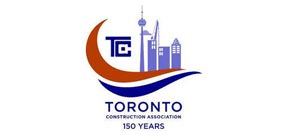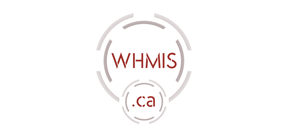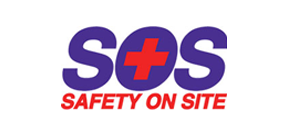
Renovating the Office? Now May be the Perfect Time to Go Paperless
Are you currently planning to renovate your office? If so, this may be the perfect time to go paperless! It will make you more efficient and free up space.
A paperless office not only helps you gain valuable new efficiencies, but also helps regain valuable office space currently being used to store paper records and other documents crucial to your workplace. The future of the office is a paperless future, and now would be the perfect time for your office to take that bold step into the future.
No Such Thing as Completely Paperless
However, it is important to realize that the key phrase in discussing a paperless office is that there is no such thing as being completely paperless. . Your office will always have certain things that are printed on paper, such as forms, customer information intake sheets or informational brochures. The goal should never be the unobtainable goal of going completely paperless, but to go as near-paperless as possible. Reducing paper is the ultimate goal of a paperless project, not eliminating it altogether.
An Ongoing Process
In addition, going paperless is a continuing process. There will never be a time when you can say that your office has ‘gone paperless’ – instead, the best you can say is that you are ‘going paperless’. You will always have new paper that needs to be converted into digital files.
Once you understand those key points, you have eliminated the two big misunderstanding about going paperless that often confuse or frustrate many businesses and practices which are looking to electronic files to solve their paper problems.
The ROI of Going Paperless
Going paperless will require that your staff master a few new skills, and it can carry considerable expense in both hardware, such as scanners, and software, such as a paperless CRM or patient records system. However, much of these expenses can be quickly recouped by both tangible returns on your investment, such as increased efficiencies, and intangible returns, such as overall patient satisfaction. In fact, you should see a significant return on investment (ROI) on your paperless project with the first year or so, and these returns will continue for the life of your paperless project.
Here are three key factors to help you decide if a paperless practice is in your future:
Reduced expenses and economic benefits: Consider for a moment how much your office has spent – and continues to spend – on generating and maintaining paper records. How many filing cabinets, boxes of paper, file folders, professionally printed forms, file storage racks and systems, toner, paper clips, and related paraphernalia do you buy every year just to generate and store your records? How much of your income is going into creating and maintaining these records? If you’ve recently built or renovated an office, odds are you had to allocate floor space for records storage. How much sunk costs does that represent to you? How much valuable floor space – that could be generating revenue – is instead being used to store paper records? You will also see considerable labor cost savings for your staff. For example, at least 25% of dental office administrative staff time is spend retrieving and re-filing patient records, which can cause delays and frustrations for patients. Eliminating this expense saves money, increases staff efficiency, and greatly improves the customer experience.
Better security: Keeping your patient records secure is serious business and critical to keeping your practice in business. Digital records systems offer multiple layers of security to keep your customer’s private information safe from prying eyes. In addition, most offices are vulnerable to theft, vandalism, fire or other natural disaster. Your paper records could be stolen or destroyed, while offsite backups, or even secure cloud storage, guarantee that your electronic records will be safe, protected and accessible for your office at all times.
Professional benefits: Paperless records eliminate the possibility of illegible or hard-to-read customer intake forms, meaning you will always know exactly what is in the customer’s file without struggling to read it. This increases efficiency and improves the quality of customer care. Paperless records also mean records that are much easier to reproduce or to send to another vendor if needed, eliminating the time-consuming need to photocopy paper records.
Contact us for more information on the many opportunities renovation can offer your practice.
Recent Posts

Want to Reduce Noise in the Office? Improve Your Acoustics

6 Of The Most Common Office Design Mistakes You’ll Want To Avoid

The Benefits and Drawbacks of Open Ceilings

3 MORE Upcoming Interior Design Concepts for the Office Space

Tips From a Commercial Contractor: The 5 Most Common Complaints About Office Design








